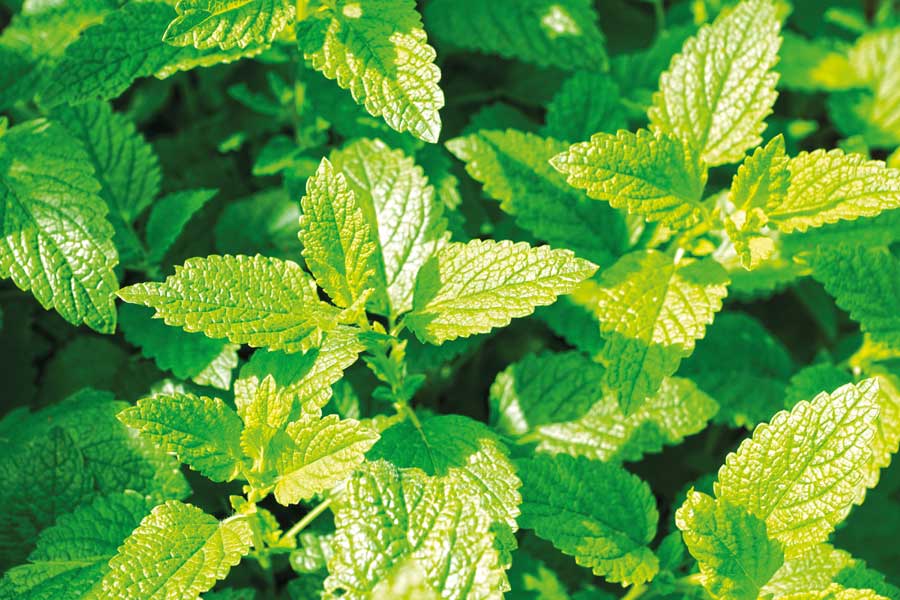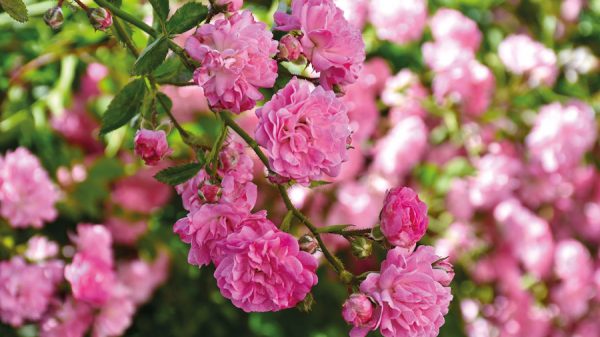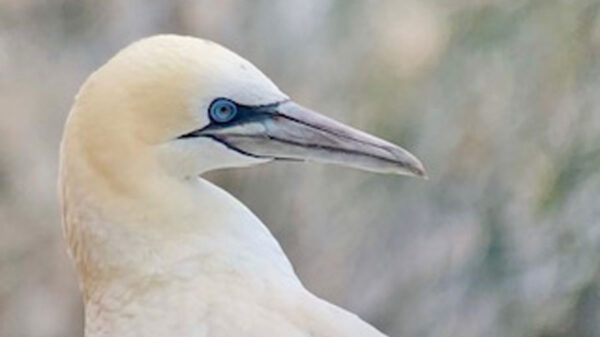I’m not sure which is my favourite time of year, but what I do know is that every season heralds a change in the garden. The frenzy of summer colour fades and our thoughts turn to extending the display in an effort to slow the inevitable onset of cooler weather. Late perennials such as (Symphyotrichum (formerly Aster)), more commonly known as Michaelmas Daisies are quite reliable and are available in a range of soft shades of white through pink to blue and magenta. Penstemon, with their foxglove like flowers arranged on a tall spike provide height and texture along with Kniphophia( Red Hot Poker), Little Maid and ‘Percy’s Pride are two favourite of mine with creamy ivory and green-yellow flower spikes.
If like me you like to grow a few vegetables then now is the time when everything seems to be ready at once. I can never keep on top of my climbing French beans, the more I pick the more they produce.
A late sowing of beetroot is now coming into its own thinning smaller roots to use as baby beet, the rest will provide good sized roots over the next two months or so. As the nights cool it’s time to think about protecting certain crops-salads and carrots will benefit from the protection of a cloche or garden fleece, if you’re troubled with pigeons then it’s a good idea to net your brassicas. Whilst many vegetables can be stored in the freezer (after suitable preparation) root vegetables are best stored dry in a frost free place. Potatoes in sacks, beetroot and carrots in wooden boxes between layers of dry sand. Vegetables such as parsnips should be left in the ground, indeed the flavour is improved if they are subject to frosty conditions. I don’t usually lift any until mid to late November.

■ Mint
Select a few of your favourite perennial herbs and pot up divisions to overwinter under glass, if they are already in pots then you can still divide them and pot up one or two and plant the remainder in the garden. A word of warning though, mint can be a thug and will spread quite quickly through other plants and borders.
Some may think it is too early to start tidying up in the garden but if like me you prefer to keep your beds and borders in order, then removing straggly or wind damaged stems, clearing up dead leaves and spent blooms bring a sense of great satisfaction, all of the arisings can be assigned to the compost heap. Perennials that have finished flowering can be cut down by half, this encourages them to divert their energy into the root and crown of the plant rather than trying to produce seed. In most cases where perennials produce double flowers they in turn do not produce seed and are of little use to birds so it makes sense to remove them. If staking materials (Canes, Poles or wire frames) were used then these can be removed, cleaned with a garden disinfectant and stored in a dry shed or garage until next year.
Although it may seem a little early it is that time of year when I start to organise my spring bulb displays, mainly because the new and more unusual cultivars are generally in short supply and there is nothing more disappointing than not being able to create the colour combination you have set your mind on. Buying bulbs can be a little confusing, and what may seem a bargain is often the tail end of a crop. The larger suppliers and nurseries generally sell by size, my advice is to spend a little more and invest in the largest available, often referred to as ‘tops’. Choose bulbs that are firm, dry, free from damage and any lurking mould, any with long spindly shoots should be avoided. Most bulbs can be planted as soon as the position you plan to plant them in is ready. Tulips and Hyacinths on the other hand should be stored in a dry, cool, frost free place until next month. I don’t often plant large drifts of bulbs and prefer to grow in containers or as small groups providing highlights and sparkles that draw me out to spend time in the garden.
Happy gardening,
Martin
Next month, Tree and shrub maintenance, Tasks in the fruit garden, Sowing sweet peas.







